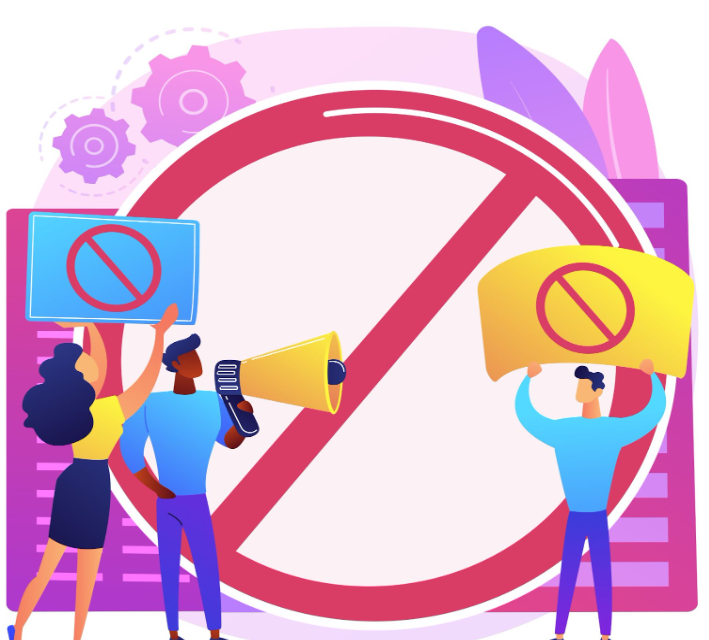Have you ever scratched your head, wondering why some significant brands seem noticeably absent from the Twitterverse? With its real-time interaction and global reach, Twitter is a marketer’s dream.
Yet, a surprising number of companies appear to shy away from this platform. Is it the character limit, the rapid pace, or something more?
Whether you’re a budding marketer, a curious brand strategist, or just someone fascinated by social media, the post will explore promising insights that reshape how you view Twitter’s role in the grand marketing scheme.
How Does Twitter’s Distinctive Nature Set It Apart?
Microblogging and Its Challenges
Twitter is foremost a microblogging platform. This means the content is condensed, direct, and meant for quick consumption. While this might sound appealing, it poses challenges for brands. Crafting impactful messages within Twitter’s character limit can be a creative challenge. Only some brand’s messages or campaigns can be successfully condensed into a tweet.
The Rapid Pace of Content Flow
Tweets appear and disappear from users’ feeds at a rapid pace. The temporary nature of Twitter content means brands must post multiple times daily to ensure visibility. This requires more range, more often, and that’s only sometimes feasible for some brands.
Why Aren’t Brands Prioritizing Twitter in Marketing?

Here are some reasons why brands need to prioritize Twitter in marketing.
1. Demographic Differences
Younger Audience, Different Priorities
While other platforms cater to a wide age range, Twitter skews towards a younger demographic. Brands whose target audience aligns differently from this demographic may find little value in investing heavily in Twitter.
Geographic Limitations
Twitter is more prevalent in certain regions, like North America, compared to others. If a brand’s primary audience lies outside these regions, they might prioritize other platforms.
2. Lack of Visual Engagement
Twitter’s Limited Media Potential
Platforms like Instagram and Pinterest thrive on visual content. Twitter, however, is primarily text-based. While it does support images and videos, they don’t dominate the platform as they do on other channels. Brands with a strong visual identity or those in industries like fashion or travel might find Twitter less appealing.
Visual Branding Difficulties
Twitter’s format and design offer little in terms of visual branding. Beyond a profile picture and banner, brands need more room to differentiate themselves, making it hard to stand out visually.
3. Concerns Over Controversy
Negative Publicity Risks
Twitter can be a hotbed for controversies. Brands are wary of the platform due to potential backlash, negative comments, or being roped into unforeseen issues. One wrong tweet can spiral into a PR nightmare.
The Challenge of Crisis Management
Managing negative situations on Twitter can be tricky due to its real-time nature. Brands need to be always on their toes, which demands a significant amount of resources and vigilance.
4. Measuring ROI on Twitter
Difficulty in Analytics
While Twitter provides its analytics, brands often find it challenging to gauge the success of their campaigns or tie Twitter activity directly to sales, engagements, and audience growth. This ambiguity makes it hard for brands to justify the investment.
Monetization Challenges
Twitter’s monetization options are more complex than other platforms. Sponsored tweets can get lost in the noise, and direct sales links could perform better on platforms tailored to shopping.
FAQs
Why Is the Rapid Pace of Content Flow On Twitter a Challenge for Brands?
Brands need to create more content more frequently on Twitter to ensure visibility due to the platform’s fast-paced nature. This can be resource-intensive.
Is Twitter Not Suitable for Visually-Driven Brands?
While Twitter supports visual content, it’s primarily text-driven. Brands with a strong emphasis on visuals might find platforms like Instagram or Pinterest more aligned with their needs.
Can Brands Not Handle Controversies on Twitter?
They can, but managing negative situations in real time requires significant resources and vigilance.
Wrapping Up
Despite its enormous user base, Twitter often finds itself in the background of the vast world of digital marketing. But why? Brands might be dazzled by the allure of visually-rich platforms or deterred by Twitter’s rapid content flow. They may be wary of potential controversies.
Or perhaps they need to figure out the return on their Twitter investment. Whatever the reason, brands need to reevaluate and recognize the untapped potential Twitter offers.
After all, understanding and embracing all available channels is the hallmark of a robust marketing strategy. Don’t let preconceptions keep you from potential opportunities.
